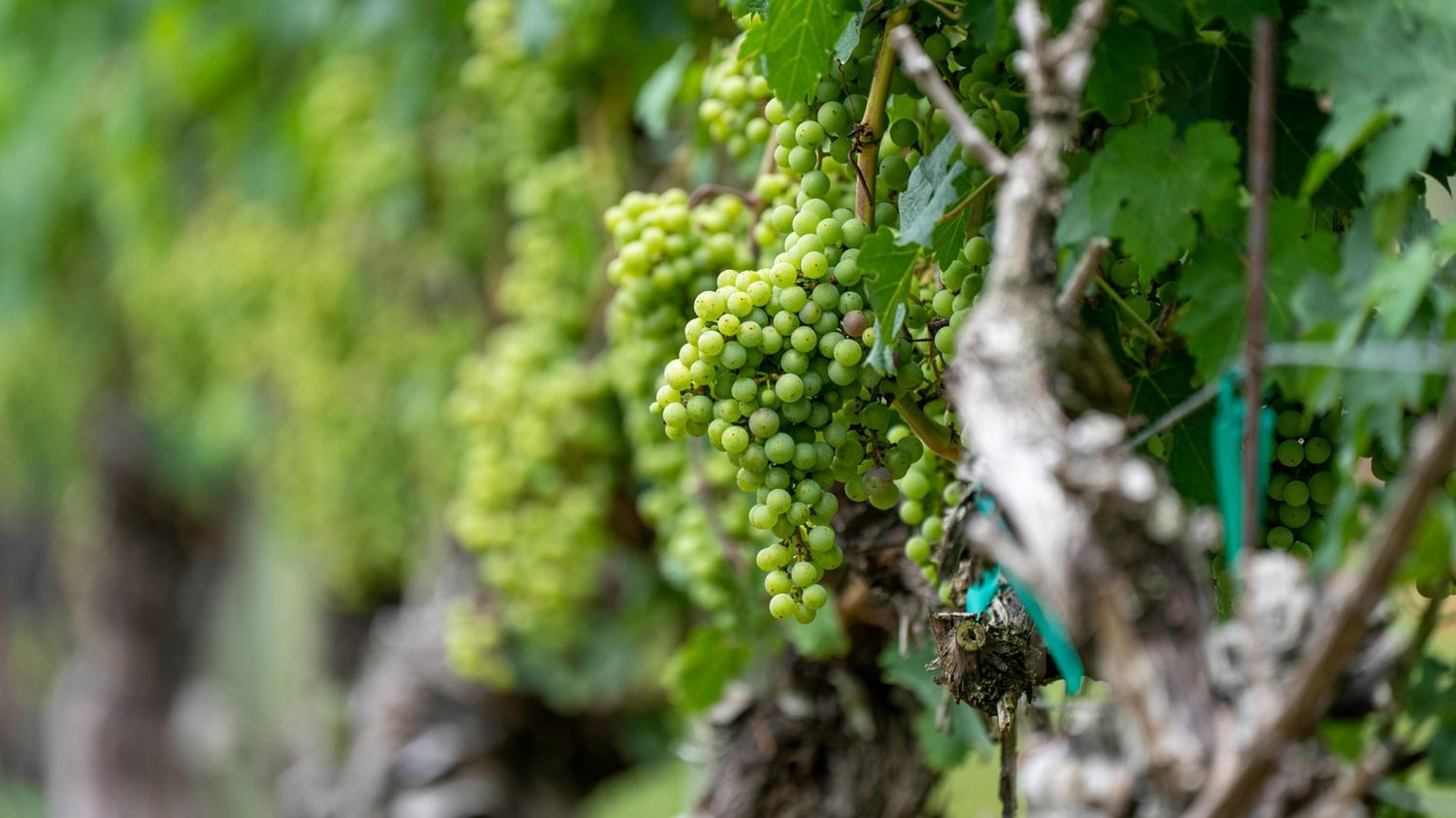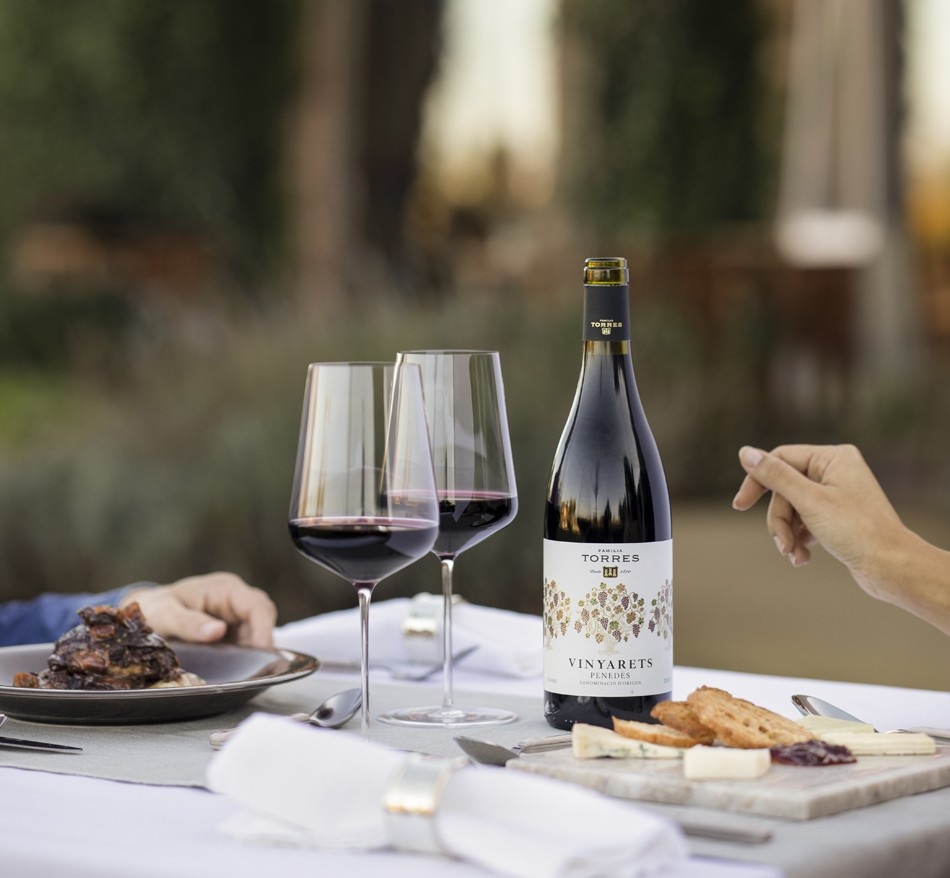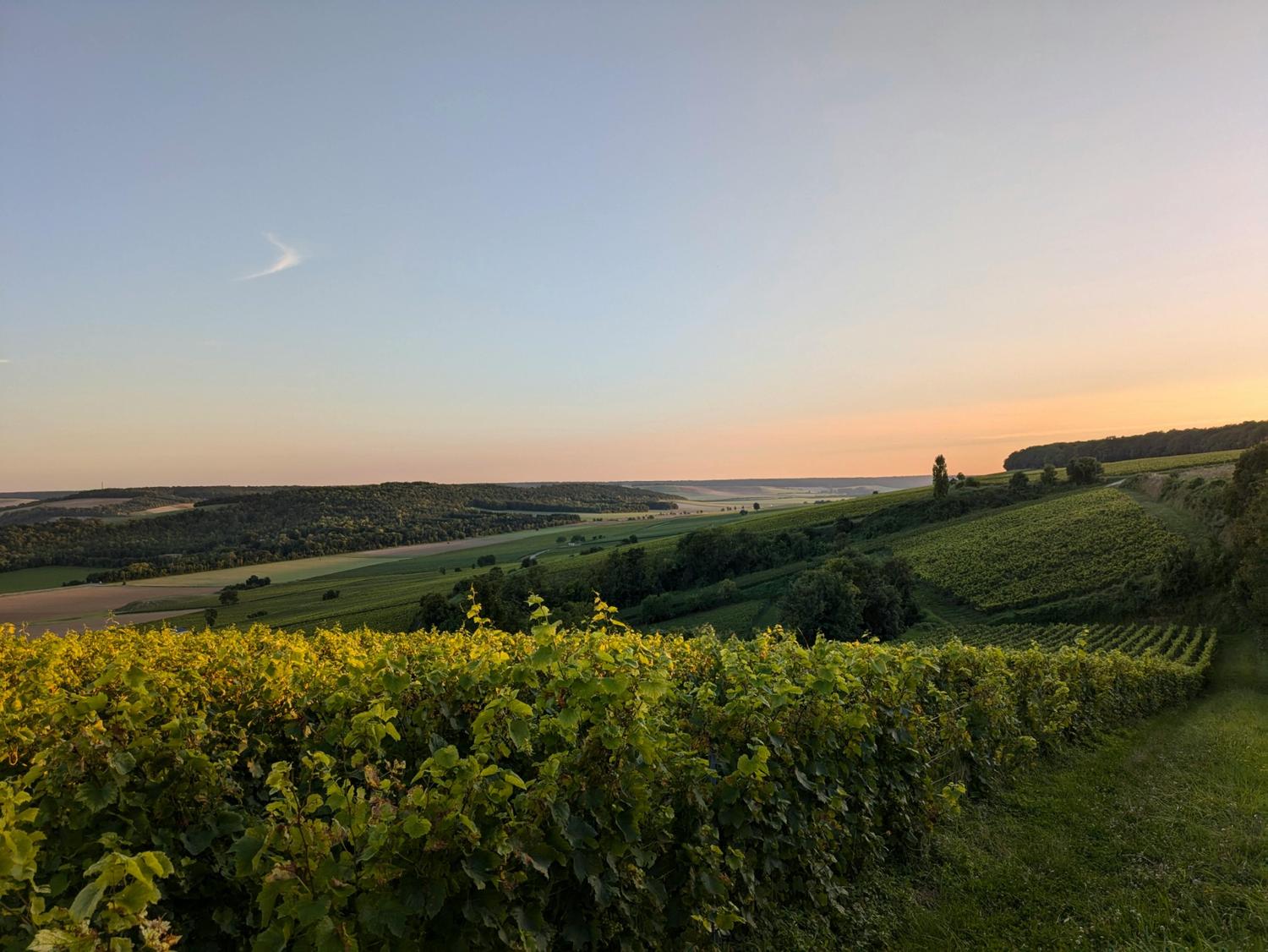5 Real-World Examples of Sustainable Land Use in Wine Production

Rethinking Sustainability in Wine
Wine is more than a beverage; it is the reflection of land, climate, and human craftsmanship. But as the climate crisis intensifies, vineyards around the world are being forced to rethink how they interact with the land. Sustainable land use is no longer just an aspiration—it is an economic and environmental necessity.
From regenerative viticulture to carbon sequestration, winemakers are adopting cutting-edge practices that preserve ecosystems while maintaining—and often improving—their yields. Here are five real-world examples of wine producers who are leading the charge toward a more sustainable future.
1. Torres Winery (Spain)
Reforestation and Carbon Sequestration
In Spain’s Penedès region, Torres Winery has become a global model for carbon-conscious viticulture, leading initiatives in reforestation, soil management, and regenerative agriculture to capture atmospheric CO₂ and reduce emissions across its operations.
Key Strategies:
- Planting native trees to absorb carbon and prevent soil erosion.
- Cover cropping between vineyard rows to enhance carbon sequestration in soils.
- Organic vineyard management to eliminate synthetic chemicals that disrupt soil microbiomes.
By combining carbon farming with sustainable vineyard management, Torres has reduced its carbon footprint by 34% since 2008 and aims for a 60% reduction by 2030.
2. Jackson Family Wines (USA)
Precision Water Management
California, the heart of American wine production, faces chronic water shortages. Jackson Family Wines, known for its premium brands like Kendall-Jackson, has implemented AI-driven water conservation strategies to combat water scarcity.
Innovative Solutions:
- Soil moisture sensors provide real-time data, optimizing irrigation schedules and reducing water waste.
- Recycled wastewater systems allow vineyards to reuse water without depleting natural sources.
- Drought-resistant rootstocks help vines thrive with minimal water input.
These techniques have cut water use by 30% across Jackson Family vineyards, demonstrating that high-quality wine does not require excessive water consumption.
3. Château Maris (France)
Biodynamic Farming and Eco-Architecture
Château Maris in France’s Languedoc region has become a beacon of biodynamic viticulture, embracing a closed-loop, regenerative farming model. But beyond the vineyards, the winery itself is an architectural statement of sustainability.
Sustainability Initiatives:
- Biodynamic farming techniques eliminate synthetic fertilizers and pesticides, supporting biodiversity.
- Sheep grazing in vineyards naturally fertilizes the soil and reduces the need for mechanical mowing.
- A carbon-negative winery building, constructed entirely from hemp bricks, absorbs CO₂ over time.
By treating the vineyard as a self-sustaining ecosystem, Château Maris proves that sustainable winemaking can be both environmentally responsible and economically viable.
4. Yealands Estate (New Zealand)
Renewable Energy and Climate Resilience
Yealands Estate has set a bold target: to be the world’s most sustainable winery. Located in Marlborough, New Zealand, the estate integrates solar and wind energy into every aspect of its operations.
Climate-Resilient Strategies:
- 100% solar-powered winery, reducing reliance on fossil fuels.
- Wind turbines generate additional clean energy, making the estate carbon-positive.
- Seashore grass planting mitigates coastal erosion and enhances vineyard resilience against climate change.
By harnessing renewable energy and adapting to environmental challenges, Yealands sets a new standard for sustainable wine production.
5. Henschke Wines (Australia)
Protecting Old Vines and Soil Regeneration
Australia’s Barossa Valley is home to some of the world’s oldest vineyards, and Henschke Wines is committed to its preservation. The winery employs regenerative agriculture to enhance soil fertility and prolong vine longevity.
Regenerative Practices:
- Minimal tillage preserves the soil structure and microbial diversity.
- Compost and organic mulching enrich the land without synthetic fertilizers.
- Intercropping with native plants supports pollinators and improves vine health.
By prioritizing soil health and ecosystem diversity, Henschke ensures that its vineyards remain productive for generations to come.

What Can the Wine Industry Learn from These Innovators?
These five wineries showcase that sustainability is not a cost—it is an investment. The future of wine depends on how well producers adapt to environmental challenges, and the best time to act is now.
Key Takeaways for Vineyards and Wineries:
- Carbon farming and reforestation can offset emissions and protect vineyard soils.
- Water conservation technologies can mitigate drought risks while maintaining grape quality.
- Regenerative farming and biodiversity integration lead to healthier soils and more resilient vineyards.
- Renewable energy investments reduce long-term costs and increase energy independence.
Sustainability in wine production is not just about environmental responsibility—it is about economic resilience and product quality in an industry increasingly shaped by climate uncertainty.
How ODOS Can Support Sustainable Vineyards
At ODOS, we help wineries measure and optimize their biodiversity footprint, track carbon sequestration, and comply with sustainability regulations like the EU Deforestation-Free Regulation and CSRD reporting.
Why Work With ODOS?
- Satellite-powered biodiversity assessments with 88% accuracy.
- AI-driven carbon footprint analysis to measure soil health and land use impact.
- Regenerative farming insights to guide sustainability investments.
Conclusion: A Future Rooted in Sustainability
The wine industry stands at a crossroads—continue business as usual or embrace regenerative and sustainable practices. The choice will determine not just the future of wine production but also the health of the land and ecosystems that make it possible.
Sustainability is not just about preserving traditions; it is about securing the future of an industry that depends on nature’s delicate balance. The vineyards of tomorrow will be shaped by the decisions made today.

